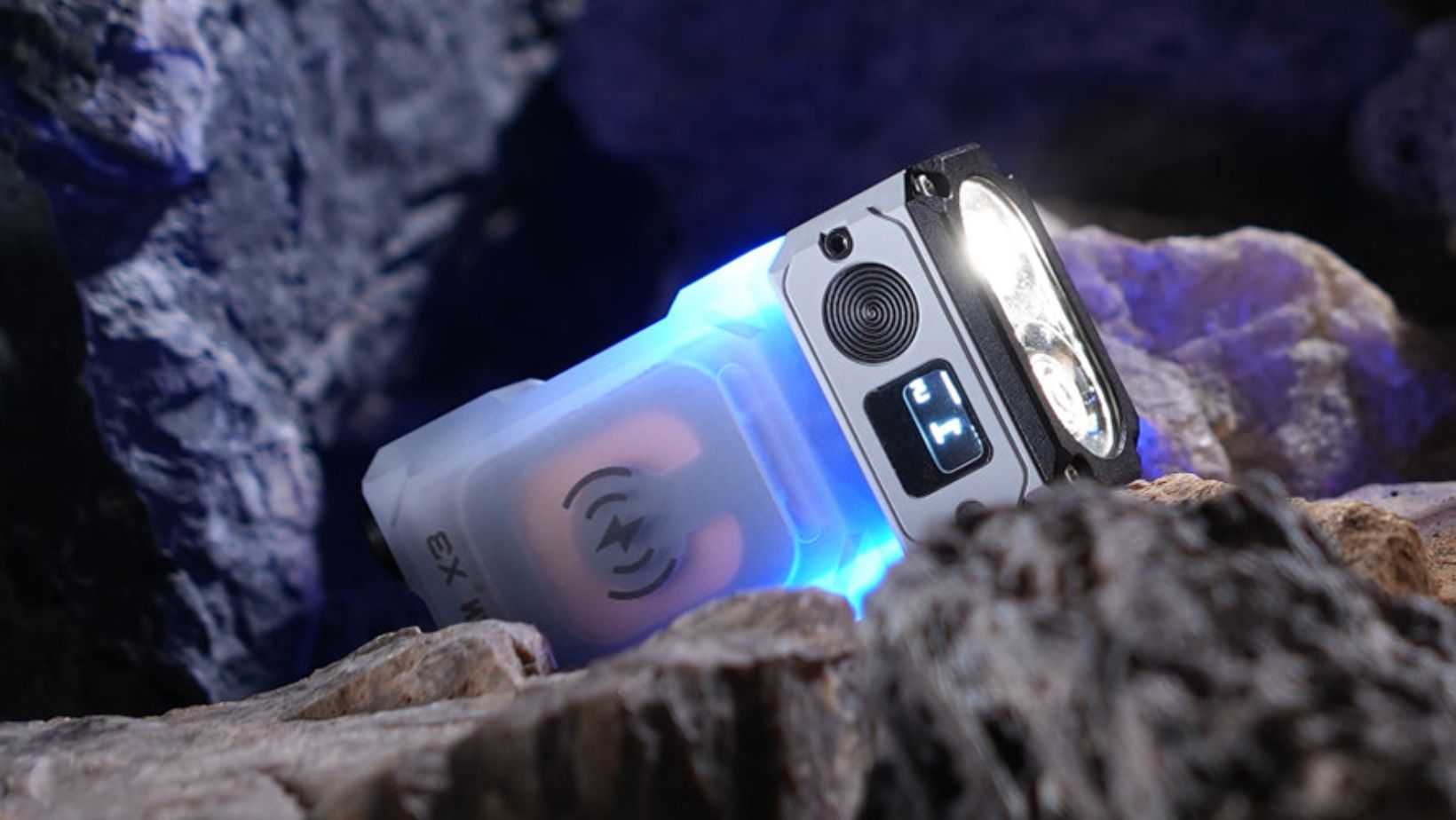Flashlights have been used for many decades to brighten up dark areas and spaces by the man. These tools are vastly used in varying situations, especially in camping, hiking, and prepping. Flashlights are also commonly used to navigate different tasks in daily life. A variety of products are available on the market, but Wuben Light stands out the most.
The following blog post will discuss various features of the flashlight and its parts, which will let you make a fair comparison of various models before you decide to buy a flashlight for yourself.
Understanding the Basics of Flashlight
Lumens and Beam Distance
At the very heart of every flashlight are two key metrics: lumens and beam distance. A measurement of the total quantity of visible light that a flashlight produces is thus lumens. More lumens imply a brighter light. Beam distance indicates how far the light will spread before it fades to the light of a full moon.
Regular small pocket types consume between 20 and 250 lumens of energy. Meanwhile, high-powered tactical or search and rescue lights can go over 1000 lumens. It is recommended to choose a flashlight based on the range of coverage.
Batteries and Rechargeability
Types of batteries used to power flashlights include disposable batteries such as double-A or triple-A or batteries that can be recharged, e.g., cells like Lithium-ion. The former type is easier to replace, while the latter are more expensive but, in the long run, extremely environmentally friendly. One should consider battery life, charging time, and, in the case of disposable batteries, their replacement cost.
Incandescent vs. LED Bulb
The next parameter that characterizes the performance of the flashlight is the type of bulb. To illustrate, the incandescent bulbs that were commonly used earlier provide warm light, yet it is necessary to underline that they are very energy-wasting. In contrast, the light-emitting diode bulbs, or LEDs, that are extensively employed today are more energy-efficient, shock-proof, and durable, so one should be less worried.
Size and Material
The form of your flashlight greatly impacts its usability. Small, lightweight models are perfect for everyday carry, while high-lumen, larger models are typically designed for outdoor or professional use. On the other hand, Mid-sized handheld flashlights are the best option owing to their optimal size and power ratio.
The body material is also essential for the flashlight’s robustness. A rugged flashlight should be impact-resistant and, ideally, water-resistant: those made of such metals as aluminum or stainless steel are the best.
Beam Types and Modes
Flashlights often provide different beam types; these include spot (or focused), flood (or wide), or adjustable for differing. Spotlight beams are excellent for illuminating distant objects, while floodlights are ideal for illuminating a large area nearby.
Many flashlights also feature various lighting modes, including high, medium, low, strobe, and SOS functions. Others may offer a moonlight or night-vision preserving red light mode. Choosing a flashlight with versatile light modes can enhance its utility in various situations.
Smart Features
Modern flashlights also incorporate smart features for enhanced functionality. USB rechargeability, power indicators, programmable memory settings, lockout modes, and integrated heat dissipation systems are just a few examples. Make sure the flashlight you choose has some useful smart features.
Conclusion
The world of flashlights is diverse, catering to differing needs and preferences. Understanding your requirements, whether you need a tiny EDC light, a rugged tactical model, or a beast of a searchlight—is the key to making the right choice. The options are vast, but armed with this guide; you should find traversing the bright world of flashlights a less daunting endeavor. Remember, the best flashlight for you is one that suits your needs the most reliably and efficiently.


